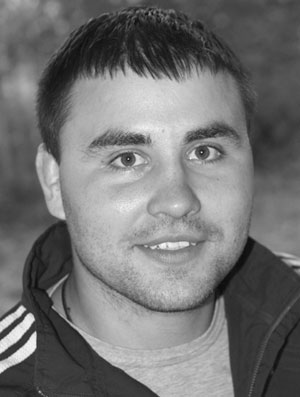Analysis of Fitness Structure of Modern Primary School-leavers
Фотографии:
ˑ:
M.V. Andrianov
Moscow State Regional Socio-Humanitarian Institute, Kolomna
Key words: endurance, quickness, speed-strength qualities.
The important tasks of the modern system of school physical education are to increase the functionality of the body of students and optimization of their physical condition. Settlement of these issues is of great national importance for the protection and promotion of health of schoolchildren, their training for future work.
Recently a lot of scientific data arise suggesting the low level of physical fitness of today's schoolchildren, confirming the rapid deterioration of pupils' health, 4-5 times reduction of the number of healthy children within the period of school studies. For the rational organization and physiological verification of the process of physical education of schoolchildren the knowledge and consideration of the peculiarities of natural development of pupils in different periods, information about the structure of motor skills are required to train weak points more actively and improve strong ones.
The purpose of the present study was to determine the structure of motor fitness of modern primary-school leavers.
The detected structure of motor fitness of 10 year olds is presented with the insufficiently informative factors, and a significant percentage of the factor share is not defined yet.
This fact may indicate a low level of physical fitness of primary schoolchildren and requires increasing the efficiency of physical education in primary schools by using more adequate and appropriate means and methods in the educational process of physical education.
References
- Andrianov, M.V. Sports specialization as a modern approach to the improvement of school education in the field of physical culture / M.V. Andrianov // Teoriya i praktika fizicheskoy kultury. – 2014. – № 2. – P. 9. (In Russian)
- Izaak, S.I. Health monitoring in the educational environment: theory and practice / S.I. Izaak, V.A. Kabachkov // Dopolnitel'noe obrazovanie. – 2004. – № 8. – P. 44 – 48. (In Russian)



